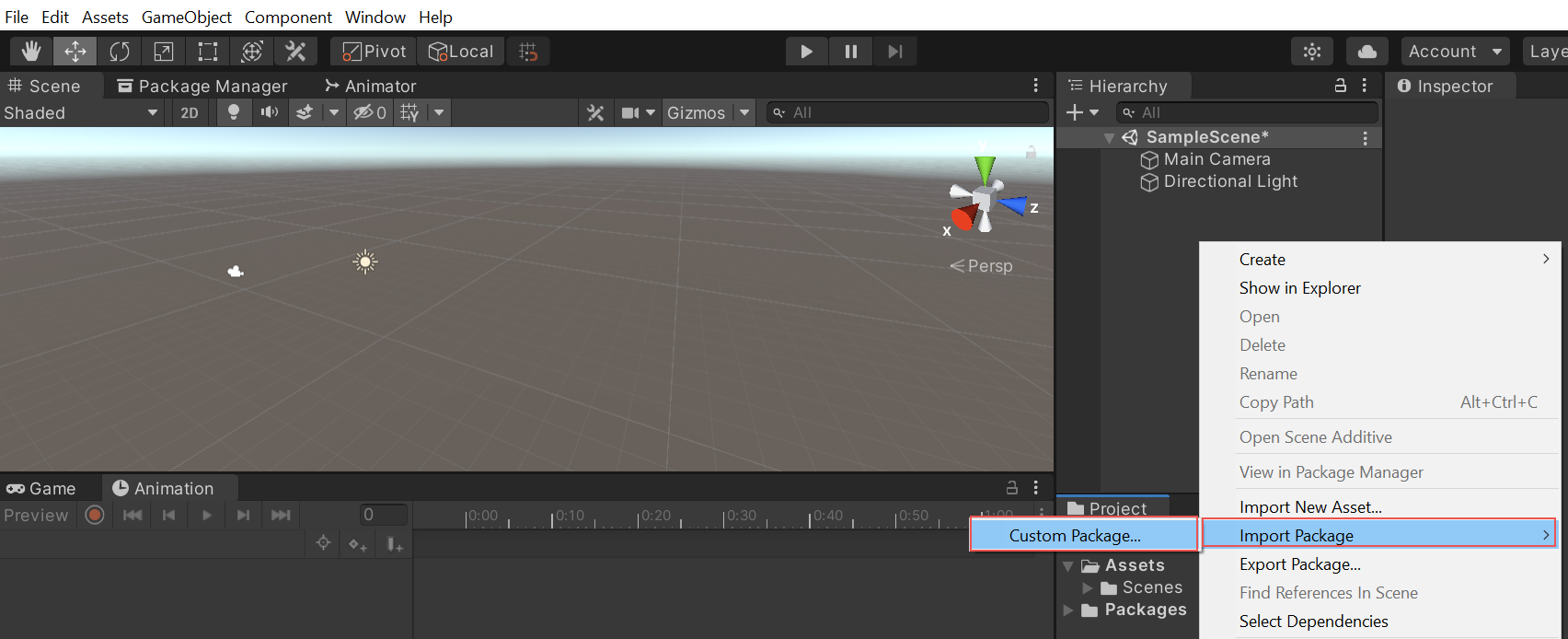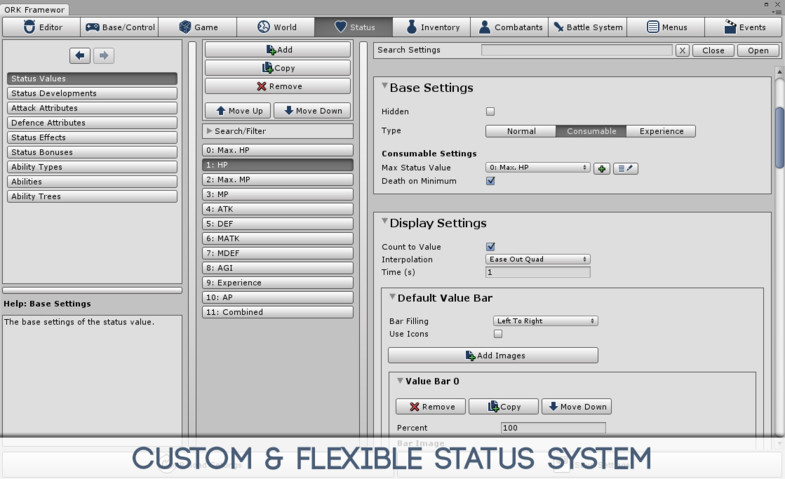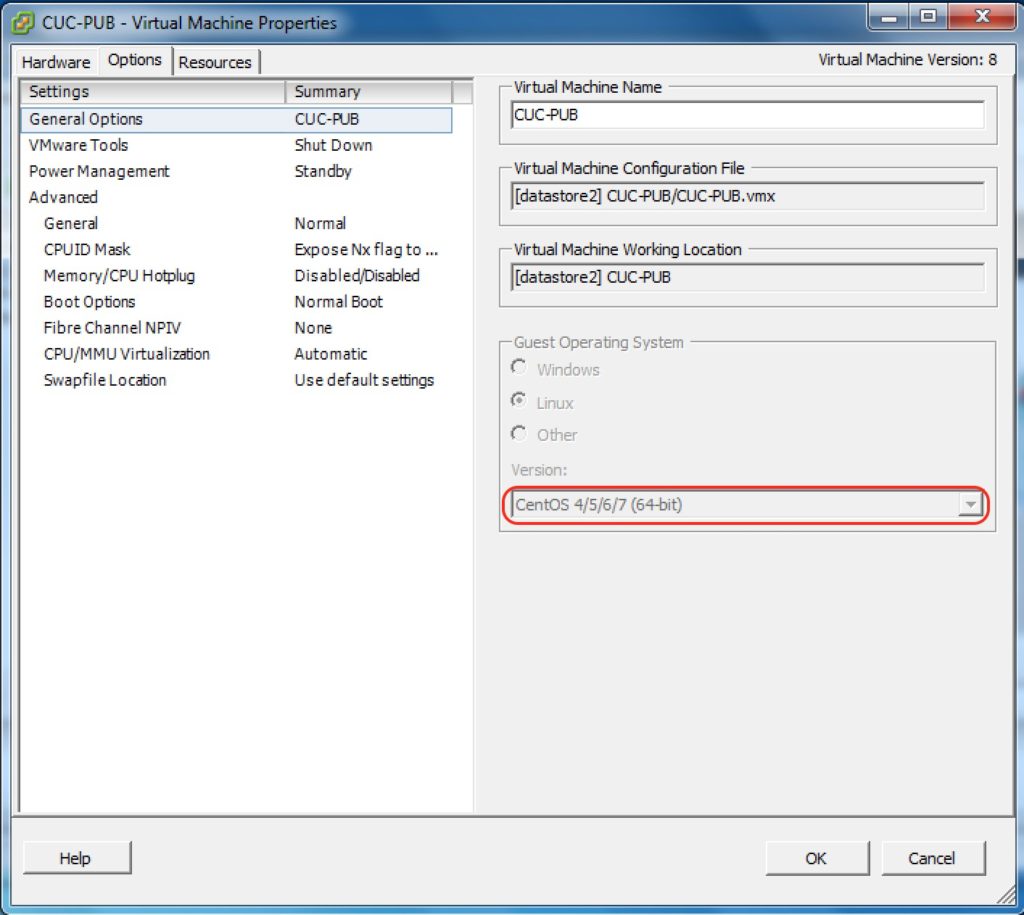
Service to reset the path planner's current path, of type SetBool (data ignored) quad_rotor/set_path Service to set the Quad's position and orientation directly, using SetPose (see Assets/Scripts/Ros/SetPose.srv) quad_rotor/clear_path Service to reset the Quad's orientation, of type SetBool (data ignored) quad_rotor/set_pose Services to constrain rotation on an axis using SetBool quad_rotor/reset_orientation Services to constrain movement on an axis using SetBool quad_rotor/x_torque_constrained Use this service to toggle gravity on/off using SetBool quad_rotor/x_force_constrained The Quad publishes its velocity/acceleration using an Imu quad_rotor/gravity

The Quad publishes its pose to this topic using PoseStamped quad_rotor/imu Publish linear and angular velocity using a Twist message quad_rotor/pose Publish force and torque using a Wrench message. If nothing is specified, the indoor scene will be loaded.įor issues connecting the sim to your VM or host OS, see the troubleshooting section at the bottom. In the training mode, a human character will spawn in a random place with a random appearance, and a camera follows the person around to record.Įither run from a terminal or edit the app properties, and append either the word indoor or the word outdoor (or city) to the path. The city scene starts with a menu to choose between controlling the quad for the Controls and Deep Learning projects, and setting up to train the neural network for the Deep Learning project. quad_indoor: a giant box sized 300m³, with a 1m tiling grid covering all sides.The project features two main environments ('scenes') to experiment with: Provides a simulation of a quad drone for controls and deep learning exercises Prototype project for Robotics NanoDegree Submit a support ticket if (learners are) blocked due to other reasons.Utilize the forum to seek help on content-specific issues.

Currently enrolled learners, if any, can: This simply means that we are setting a function of our choice (in this case, 'OnLevelFinishedLoading') to listen to the SceneManager for a level change.Īlso note, that since this delegate has two parameters (Scene and SceneMode), that you must include those two parameters as well - even if you don't plan on using that information in your function.This repository is deprecated. What you're seeing in the OnEnable and OnDisable functions are delegate subscriptions. You can name your method whatever you like. Note that 'OnLevelFinishedLoading' is a name that I've made up. Void OnLevelFinishedLoading(Scene scene, LoadSceneMode mode) SceneManager.sceneLoaded -= OnLevelFinishedLoading Remember to always have an unsubscription for every delegate you subscribe to! Tell our 'OnLevelFinishedLoading' function to stop listening for a scene change as soon as this script is disabled. SceneManager.sceneLoaded += OnLevelFinishedLoading

Tell our 'OnLevelFinishedLoading' function to start listening for a scene change as soon as this script is enabled. The new way: using UnityEngine.SceneManagement

The old way: void OnLevelWasLoaded (int level) Since a reliable coding example hasn't come up in the first few Google searches, I thought I'd post the new suggested implementation here.


 0 kommentar(er)
0 kommentar(er)
